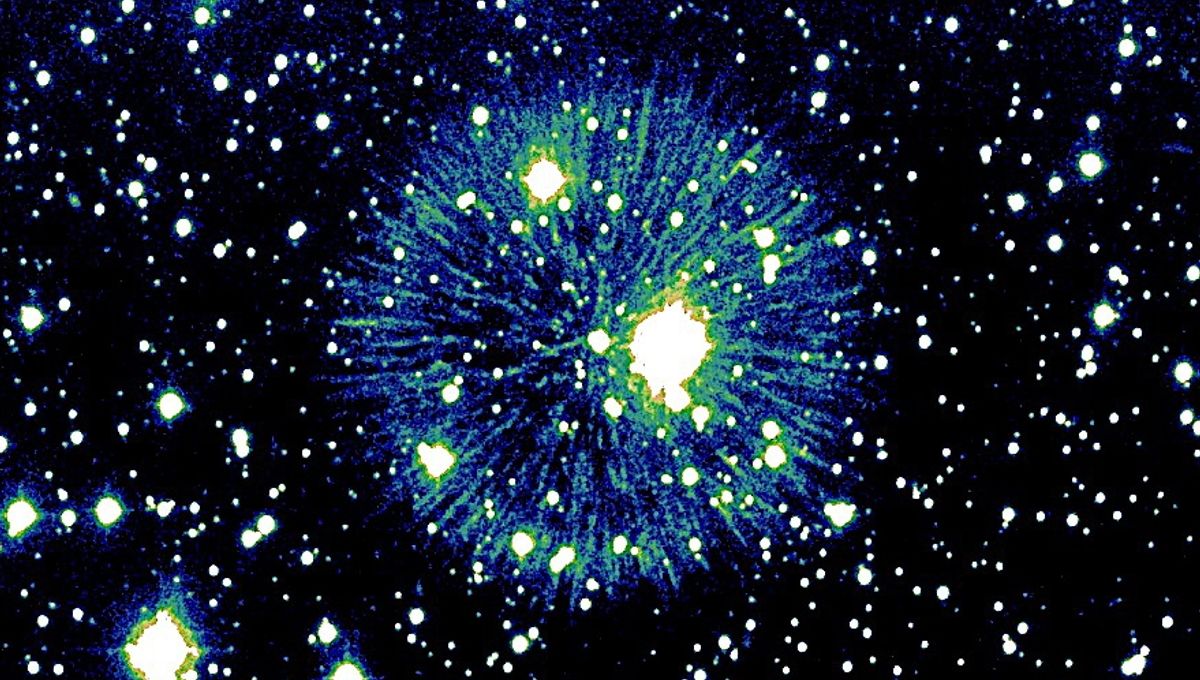
In the year 1181 CE, astronomers in China and Japan observed a new bright object appearing in the constellation of Cassiopea. These observers called it a “Guest Star”. The most likely culprit was a supernova – but for 840 years, this object was lost. The object was seen again in 2013, but it was only in 2021 that the connection to the ancient event was made. Now, new follow-up observations reveal something absolutely peculiar.
The supernova remnant, the usually illuminated nebula that surrounds the remains of an exploded star, looks like a firework. Thin strands of material are seen radiating from a highly unusual star. The object, called Pa 30, does not look like your usual supernova.
“I have never seen any object—and certainly no supernova remnant in the Milky Way galaxy—that looks quite like this, and neither have any of my colleagues,” lead author Professor Robert Fesen, from Dartmouth College, said in a statement. “This remnant will allow astronomers to study a particularly interesting type of supernova that up to now they could only investigate from theoretical models and examples in distant galaxies.”
Models suggest that it is the result of a collision between two white dwarfs. This stellar merger creates a subclass of supernovae called Type Iax (pronounced One-a-x). The team reported that the structures contain little hydrogen and helium, but are rich in sulfur and argon.
“Our deeper images show that Pa 30 is not only beautiful, but now that we can see the nebula’s true structure, we can investigate its chemical makeup and how the central star generated its remarkable appearance, then compare these properties to predictions from specific models of rare white dwarf mergers,” Fesen said.
Previous work couldn’t characterize the object in such detail, but could estimate that it was around 1,000 years old and its location fit observations conducted by Asian astronomers in the 12th century. Thanks to the new observations, the team determined that the supernova took place around 850 years ago.
“Our new observations put a much tighter constraint on the object as having an expansion age of around 850 years, which is perfect for it to be the remains of the 1181 guest star,” Fesen said.
When it exploded, the star would have been as bright as Vega.
The new work is accepted for publication in The Astrophysical Journal Letters and presented at the 241st Meeting of the American Astronomical Society.
Source Link: "Guest Star" Last Seen 840 Years Ago Finally Found Again, And It Looks Weird